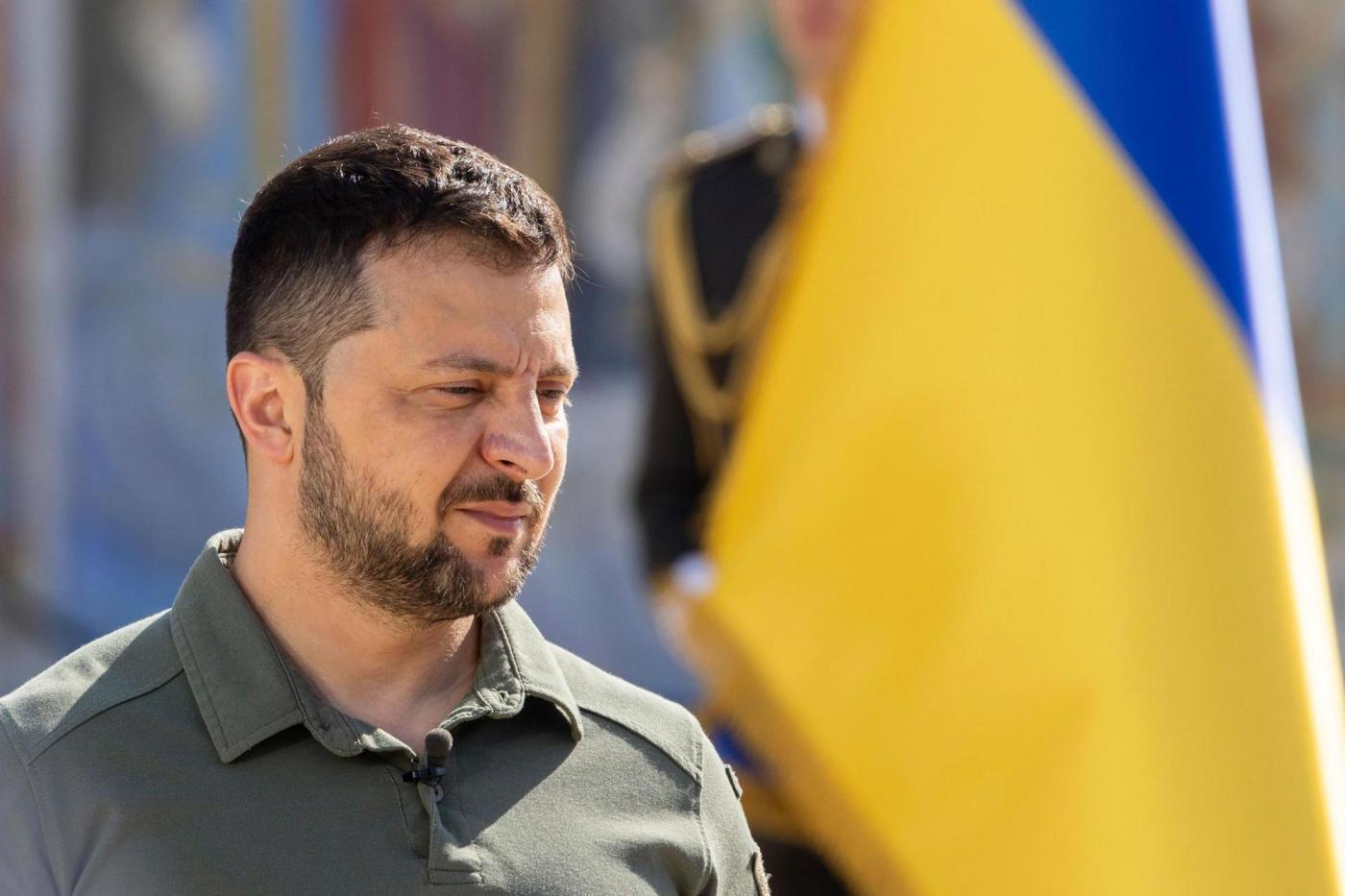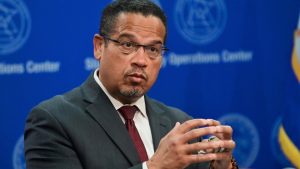
Elizabeth Shackelford: Ukrainians won’t submit to Russian rule. The horrors of the Holodomor help explain why
The last Saturday in November this year marked Holodomor Memorial Day, the 90th anniversary of the Great Famine when Soviet leader Josef Stalin’s autocratic regime ruthlessly starved 4 million Ukrainians to death.
This horrific event is part of the historic backdrop shaping Ukraine’s response to Russia’s war. This experience is why, even as a stalemate sets in and winter approaches, the Ukrainian people oppose the idea of negotiating an end to this conflict.
Ukraine has good reason not to trust that its people would be safe under Russian rule. Russia has a long history with Ukraine, but that history is a far cry from Russian President Vladimir Putin’s claims that Russians and Ukrainians are “one people.”
Rather, Russia’s history with Ukraine is one of abuse, exploitation and horror.
This was true of the Russian empire and the Soviet Union, and it remains so under Putin’s autocratic Russia today. But Holodomor is perhaps the starkest reminder.
‘Death by starvation’
Holodomor, in Ukrainian, means “death by starvation.” The specific intent of Stalin’s regime remains a point of debate, but the cruel and massive scale of suffering his policies caused the Ukrainian people, with full knowledge of the consequences, is undeniable.
Stalin stole land, livestock and farming equipment from millions of Ukrainian farmers and forced them to labor on government farms as part of his collectivization policy launched in the late 1920s. The policy was meant to use grain exports, brought under the control of the Soviet state, to fuel the Soviet Union’s industrialization.
Most Ukrainians were small-scale farmers, and they cultivated the breadbasket of Europe, so Stalin used them to feed that transformation. But the famine wasn’t simply the unintended consequence of a cruel economic policy. Collectivization happened alongside mass political repression to intentionally crush Ukraine’s nationalist spirit.
Ukraine had declared independence in the wake of World War I but lost its bid in 1922 after a three-year war with the Bolshevik Red Army and was forced into the Soviet Union. The desire for independence, though, wasn’t defeated, and the Soviet regime knew it. Tens of thousands of Ukrainians were arrested, executed or sent to labor camps in the years that followed. Those who opposed collectivization were declared enemies of the state and targeted for elimination.
The Great Famine affected millions across the Soviet Union, as Stalin imposed grain quotas elsewhere too, but he put impossibly high targets on Ukrainian communities specifically to wear them down. And it worked.
About 13% of the Ukrainian population perished in the 1932-33 government-made famine.
The world looked away
The breadbasket was starving to death. Farmers were prohibited from leaving their villages to seek work or food in cities. Villages that failed to meet their quotas were blockaded, leaving the inhabitants to die with no supplies or sustenance. Anyone caught taking produce from a collective field could be shot or imprisoned for stealing from the state.
Meanwhile, the Soviet government extracted millions of tons of grains and had enough in reserves in 1933 to feed 10 million people, according to Soviet records. The government exported and sold Ukrainian grain for cash, fully aware that millions of Ukrainians were dying of hunger as a result. The Soviet government denied the famine, rejected offers of outside assistance and prohibited any discussion of Holodomor for decades thereafter.
For this horrific crime, and many others, Stalin paid no price.
The rest of the world conveniently looked away, and more pressing geopolitical concerns soon made it expeditious for the West to form an alliance with his regime to defeat Germany in World War II.
Putin, like Stalin …
Ukrainians have taken lessons from this brutal history, and Putin has too.
Like Stalin, Putin seeks to violently exploit Ukraine to strengthen himself at home. He uses terror and repression to defeat political enemies. And he expects the rest of the world will ultimately let him get away with it, as he believes he cares more about defeating Ukraine than others care about liberating it.
He could be right. Ukraine is getting few breaks right now. Its military has made no real gains this year, as a bloody stalemate has set in. Military aid commitments from the United States, Ukraine’s biggest backer, are stuck in a dysfunctional Congress. Although most American lawmakers and citizens still support providing military assistance to Ukraine, the issue has become a lightning rod for the hard-right wing of the Republican Party, which retains just enough power to act as an obstacle, much to Putin’s delight. Meanwhile, the onset of another brutal war in the Middle East has made it easier for Ukraine to disappear from the headlines, even as its own war rages on.
History and its consequences
But whether the United States is with them or not, the Ukrainian people will continue the fight. They know this history well and its consequences. They also know what Putin’s military did to their people in massacres in Bucha, Mariupol and elsewhere across Ukraine in the past two years.
For Ukraine, this isn’t a question of territorial control, power or trade-offs. It’s a question of existence.
Related Articles
Stephen L. Carter: Sandra Day O’Connor’s legacy: She listened
David French: It’s time to fix America’s most dangerous law
Chris Churchill: Schumer calls out antisemitism on his own side
Thomas Friedman: This is the 9/11 lesson Israel needs to learn
Paul Krugman: Donald Trump still wants to kill Obamacare? Why?
Elizabeth Shackelford is a foreign affairs columnist for the Chicago Tribune. She was previously a U.S. diplomat and is the author of “The Dissent Channel: American Diplomacy in a Dishonest Age.”

